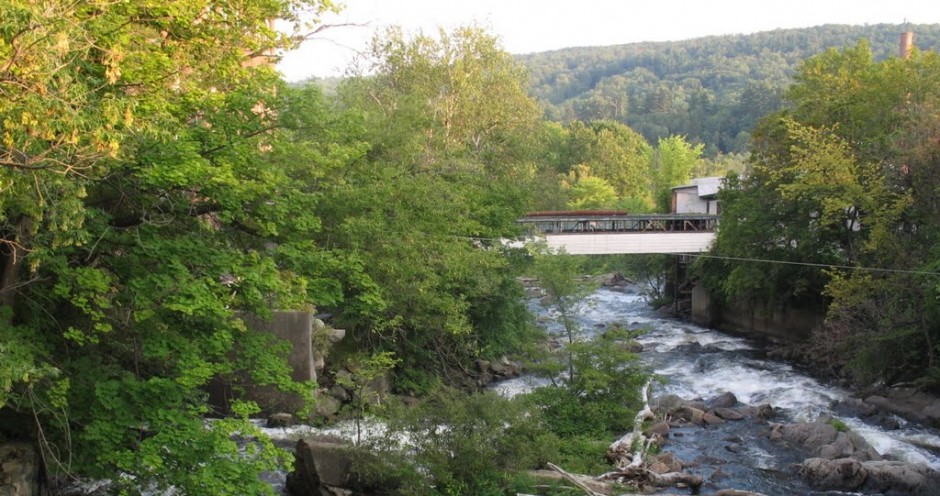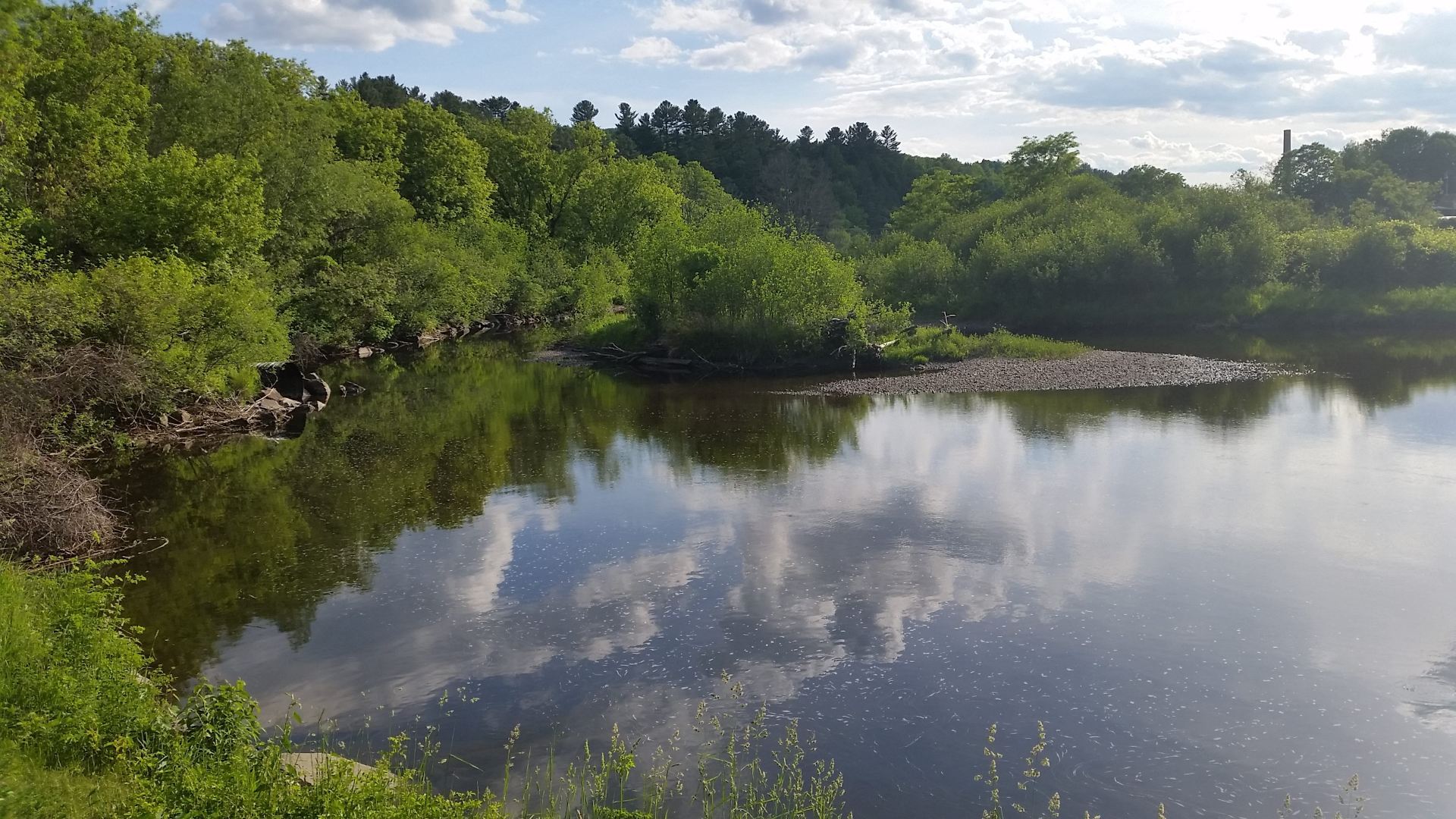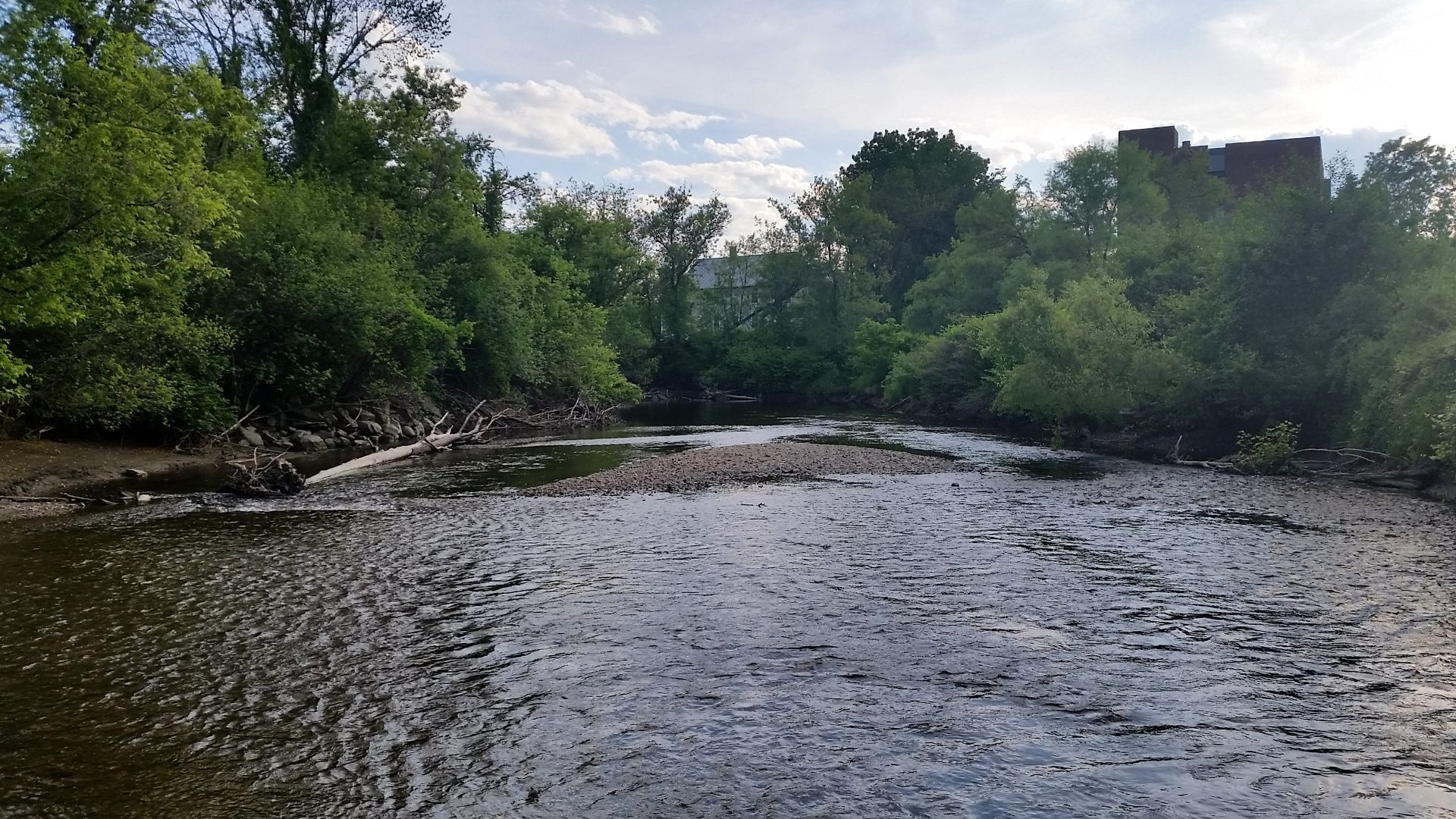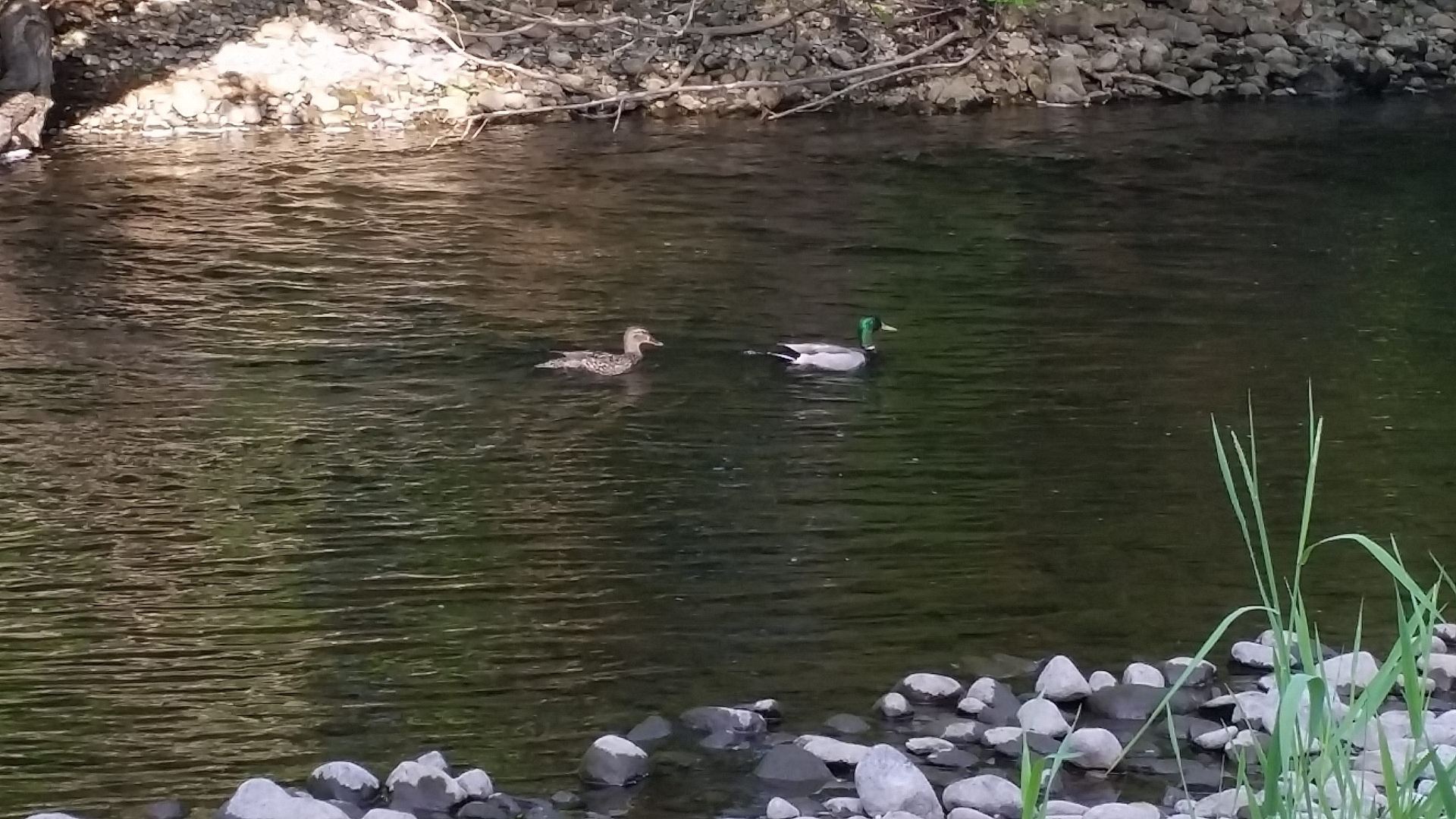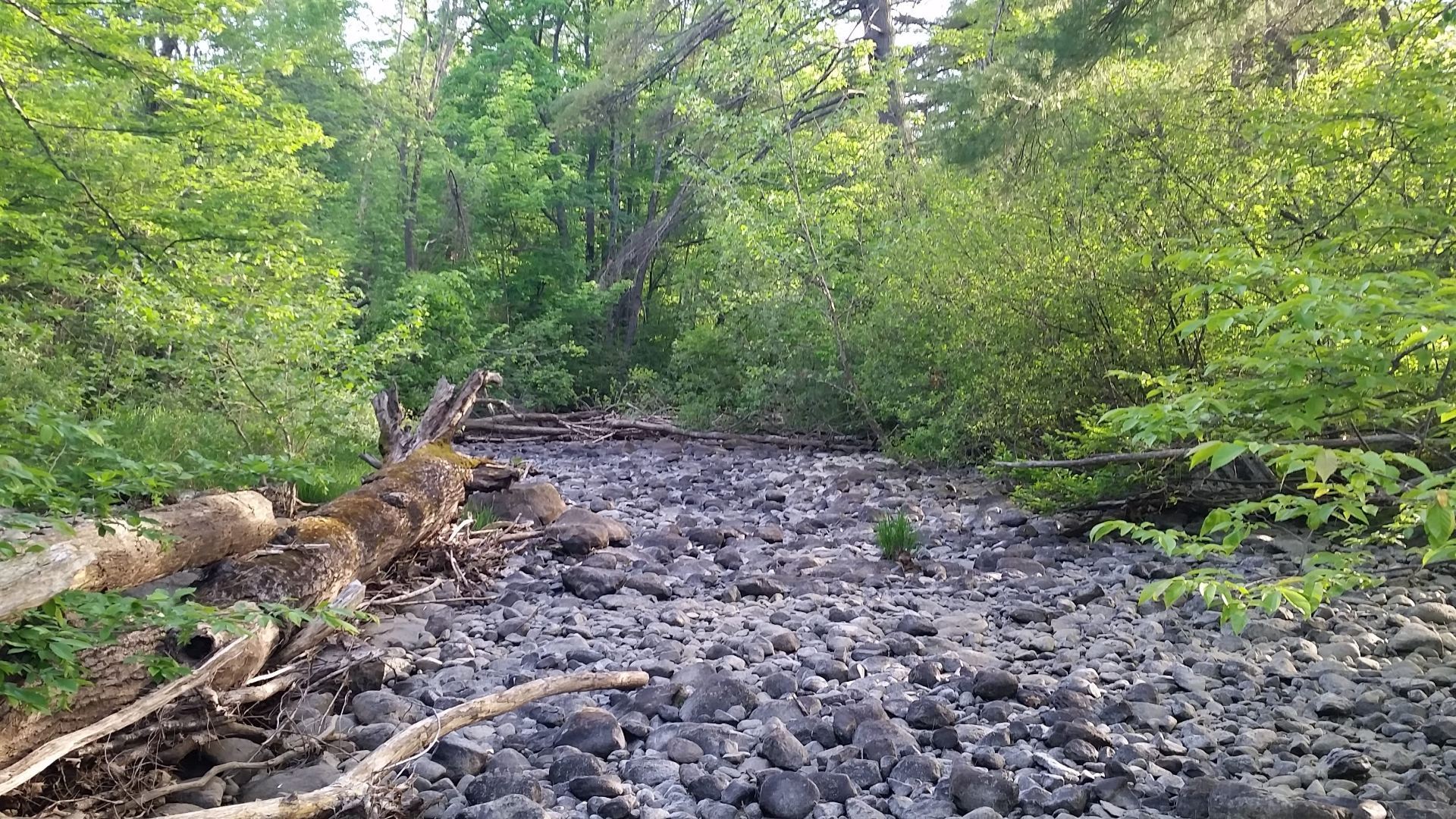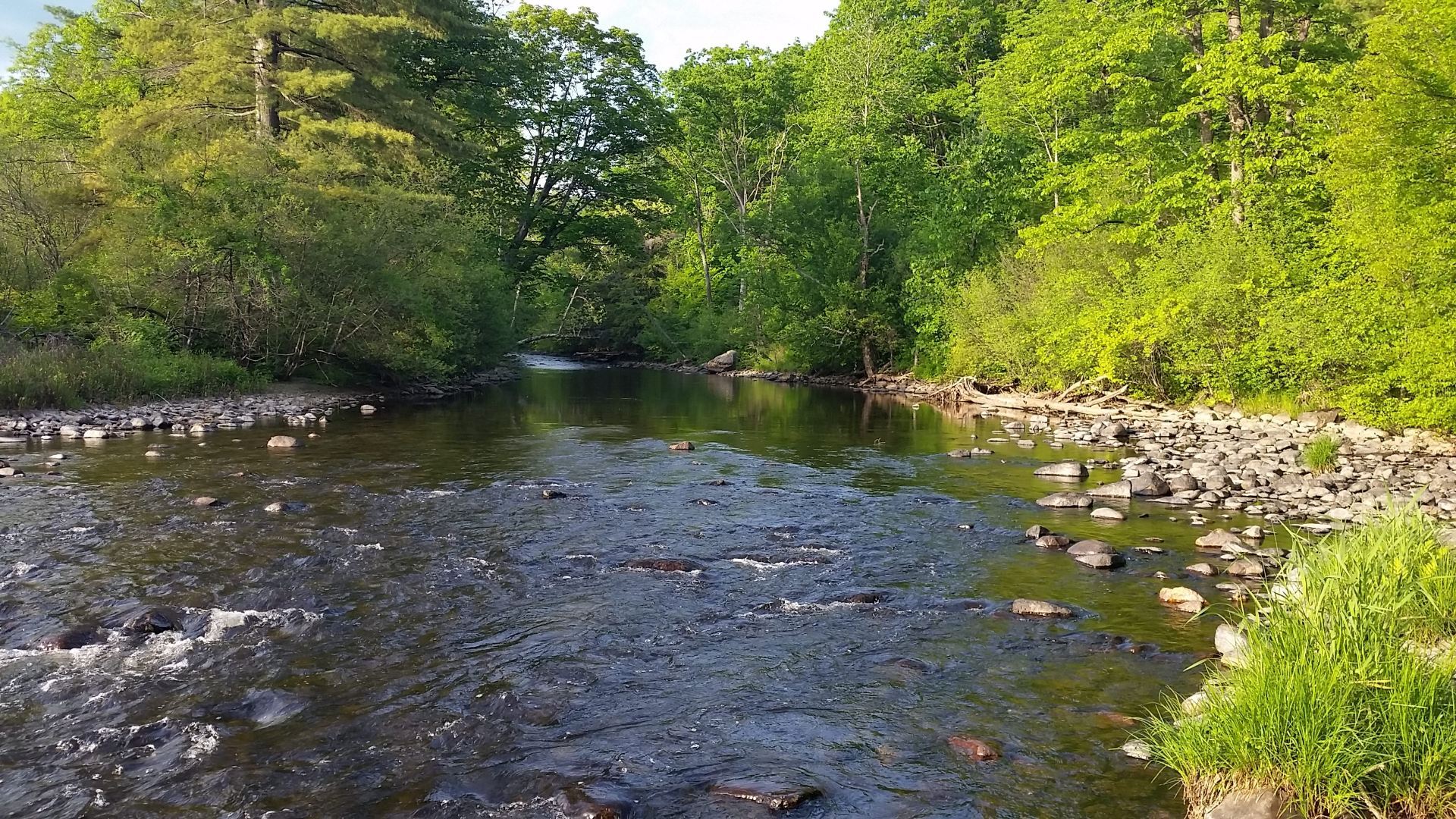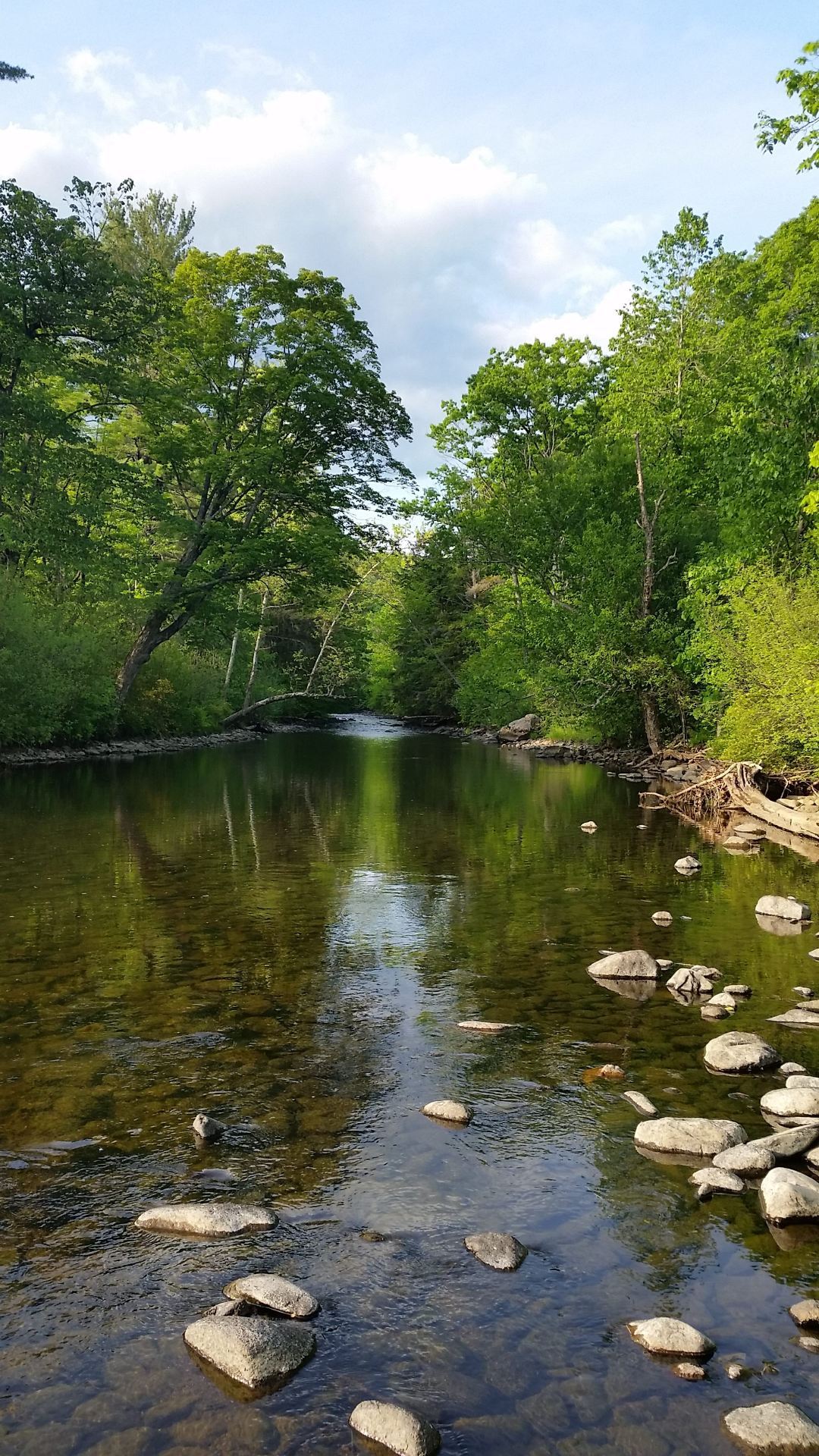The Mascoma River is an ecologically important feature of the Lebanon area, not only providing important ecosystem services for the town but also providing crucial habitat for a wide variety of wildlife. This includes many species of fish, mammals, birds, reptiles, and amphibians, as well as many tree and plant species, including some that are rare or endangered (1). However, the Mascoma River has experienced generations of activities that have impacted the river negatively, including many historical dams that have impeded the water flow and altered the ecology of the river. Constructing a new dam on the Mascoma could further negatively affect the ecology of a river that has already been greatly impacted.
The Master Plan in the Land Use Charter for Lebanon states the following about the Mascoma River: “The Mascoma River played a vital role in historical downtown settlement patterns and it is responsible for Lebanon’s position as the commercial and industrial hub of the Upper Valley. It continues to serve critical functions, as the source of Lebanon’s drinking water and a place of visual beauty important for recreation, solitude, and wildlife habitat. The river deserves to be protected and restored to its natural potential, as much as feasible, to ensure that it continues to serve its vital role in the city” (2). Of note here is the final sentence, which asserts that the river should essentially be maintained and preserved to be as natural and pristine as possible, so that it can continue to serve important ecosystem services.
We will explore here the potential impacts of a dam on the wildlife, in particular the fish and macroinvertebrates, that inhabit the river, and determine mitigation strategies that could alleviate some of these potential impacts.
© Kyle Kittelberger
All photos above taken by Kyle Kittelberger.
